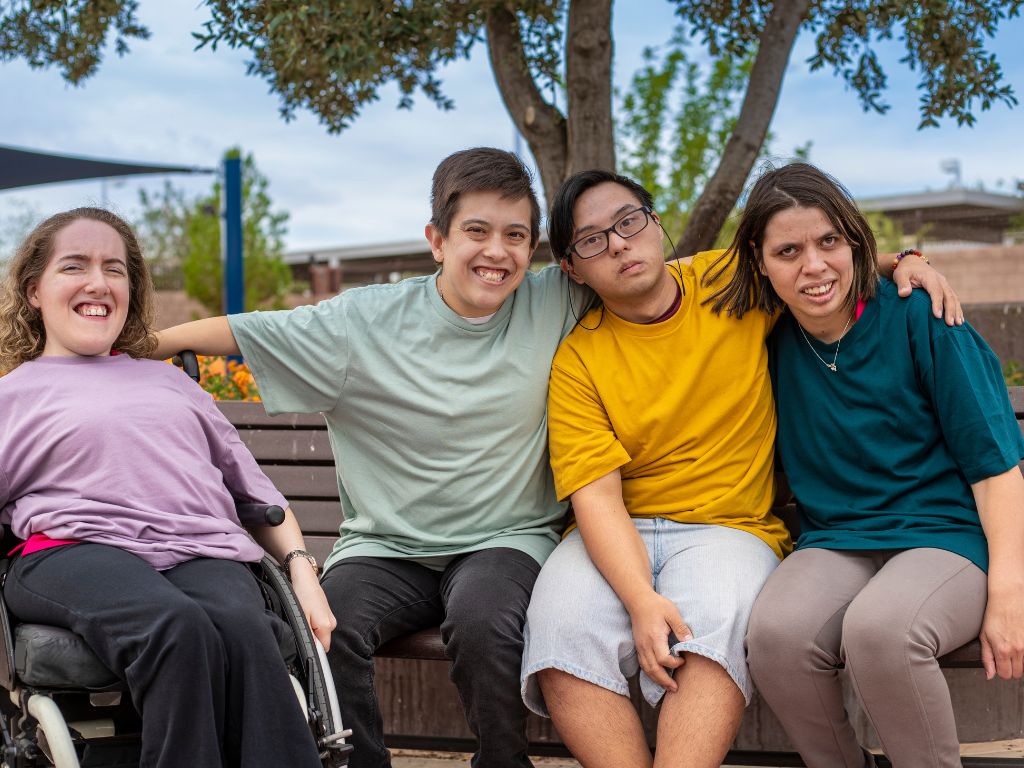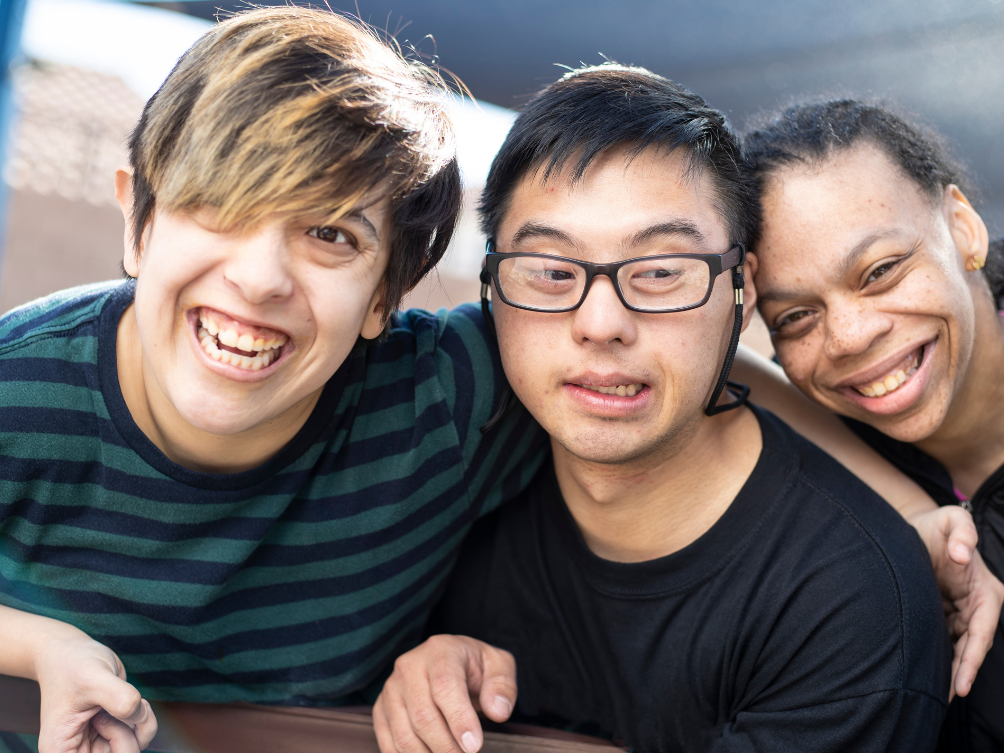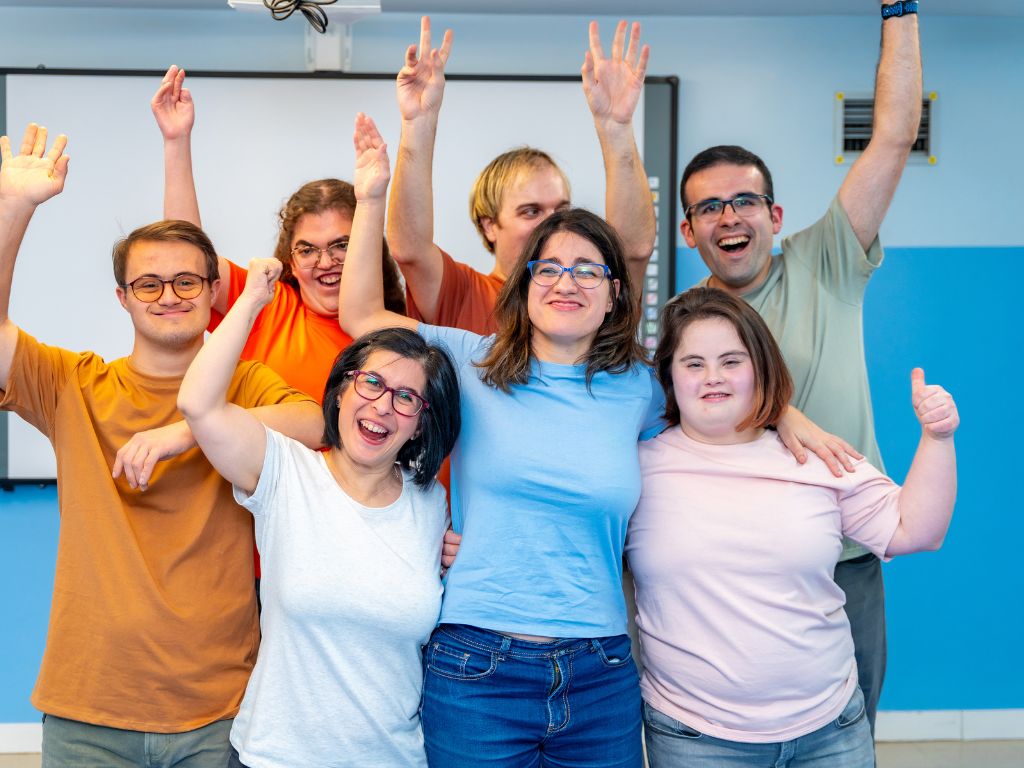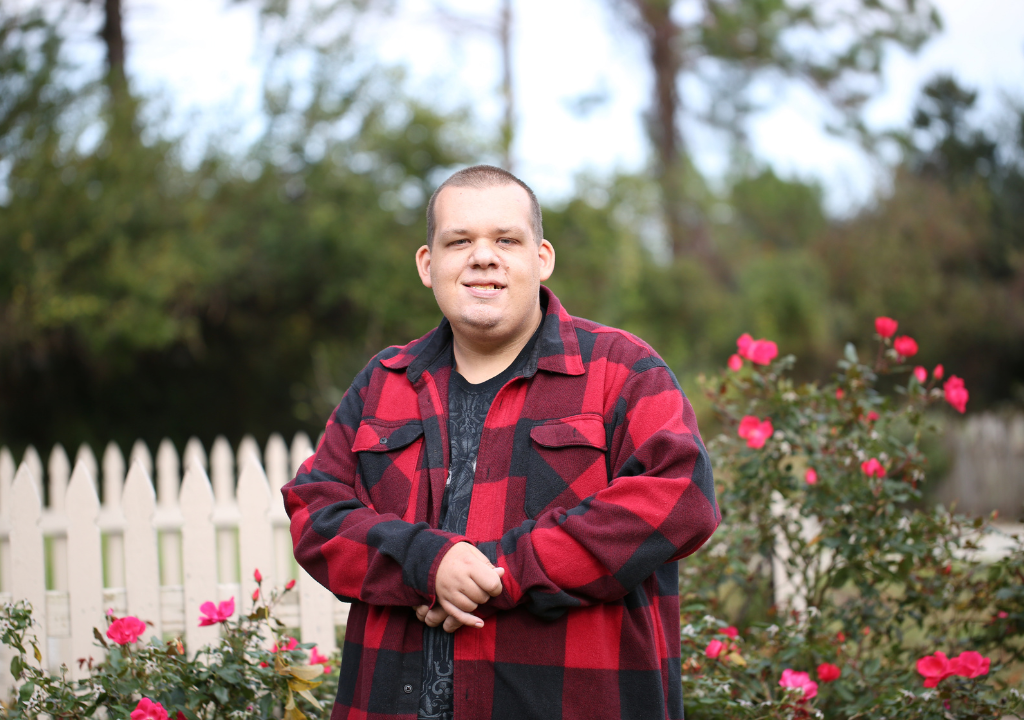To get supports and services with the Office for People with Developmental Disabilities (OPWDD), you must first apply for OPWDD eligibility. New York State law requires you show that you have a developmental disability diagnosis that meets specific requirements related to intellectual functioning, adaptive behavior, and activities of daily living. To receive OPWDD Medicaid waiver services there is a separate application in which you need to show that you meet an additional set of requirements.
To learn more about what supports and services are available through OPWDD. Please see What are Family Support Services? and What are OPWDD Medicaid Waiver Services?
OPWDD eligibility requirements
To apply for OPWDD eligibility you need proof of the following:
- You have a developmental disability diagnosis;
- You were diagnosed with a developmental disability before age 22;
- You have difficulty with tasks and skills that you need in daily life;
- Your disability is expected to be ongoing;
Read more about each requirement below.
What is a developmental disability diagnosis?
Developmental disabilities are a group of conditions that impact a person physically, intellectually or both. To be approved for OPWDD services you must have a diagnosis of at least one of the conditions listed below:
- Intellectual disability
- Cerebral palsy
- Epilepsy
- Neurological impairment
- Autism
- Familial Dysautonomia
- Prader-Willi Syndrome
If you do not have one of the listed diagnoses, then you need to have a related condition that causes difficulties with intellectual functioning and/or adaptive behavior.
What kind of proof do you need to have to show that you have had this disability before age 22?
If you are a parent or guardian applying for a child, adolescent or young adult under 22 years old then this does not apply.
If you or someone you know are over 22 years old and you need help finding proof of a developmental disability diagnosis, please reach out to IDDO for help. You can call our helpline at 1-800-762-9290.
What does it mean to have difficulty with tasks and skills needed in daily life?
This criteria means that due to an individual’s intellectual functioning and adaptative behavior they have difficulty living independently or with performing activities of daily living that would be expected for their age. For example: toileting, bathing, personal hygiene.
What does having a disability that is “expected to be ongoing” mean?
Developmental disabilities are lifelong conditions and can impact people differently as they age. This criteria means that even with intervention and services the individual is reasonably expected to continue to meet the other 3 criteria throughout their life.
Provisional eligibility for children
Children under 8 years old may receive provisional OPWDD eligibility. Provisional eligibility means that a child is eligible temporarily. Before a child with provisional eligibility turns 8 years old, they must be reevaluated to confirm that they continue to meet OPWDD’s criteria for eligibility.
OPWDD Medicaid Waiver requirements
Once you apply and are approved for OPWDD eligibility you can then apply for OPWDD Medicaid Waiver services. For OPWDD Medicaid Waiver services, there are additional requirements you need to meet.
Here are the requirements that you need to meet to be eligible for the waiver:
- You must have Medicaid, or you will be eligible for Medicaid
- You must be living in the community
- You must have an appropriate level of need for services
- This means that your need for services and supports are so great that if you are not able to get onto the waiver, you would not be able to live in the community safely
- You must have a documented need for waiver services
For more information about these requirements, please read our article on How do I apply for the OPWDD waiver?
For more information about OPWDD HCBS Medicaid Waiver services please see What are OPWDD Medicaid Waiver Services?
Who may need OPWDD services?

Here are some examples of people that can call IDDO to find out if they could benefit from OPWDD services.
Please note: These examples do not represent all the types of people that may receive OPWDD supports and services. IDDO does not determine someone’s OPWDD eligibility.
Example. Phillip is an 8 year old boy with Autism Spectrum Disorder. He really likes Pokémon. Phillip received early intervention services and ABA therapy. He is non-verbal and is prone to seizures. Phillip is in a 12:1:1 classroom at a District 75 school. He struggles with toileting and wears pull-ups. He is impulsive and runs away from his parents when they are out in public.
Example. Janet is 16 years old and has Prader Willi Syndrome. She attends a mainstream high school with a 1:1 paraprofessional. She lives with her mother who is a single parent. Janet has trouble sleeping through the night, and she overeats when she is unsupervised. She does not have many friends or participate in after school activities. She stays with her grandmother after school until her mother picks her up after work.
Example. Giovanni is 21 years old and will be graduating high school at the end of the school year. He has an intellectual disability and epilepsy. Giovanni wants to be able to get a job after graduation and his guidance counselor helped him apply for services through ACCESS-VR. He lives with his aunt who is unsure of what else may be available to her nephew.
What is it like getting OPWDD supports and services?

Here are some examples of people who have been approved and are getting OPWDD supports and services.
These examples do not represent all of the supports and services available through OPWDD.
Example. José is 6 years old. He has autism and ADHD. He was recently approved for OPWDD eligibility. As a result, his parents get respite services that allow them to hire staff to come to their home to take care of José for an evening if they need a break. They are able to use that time for a date night or to take their other daughter out on family outings.
Example. Martin is 35 years old, he lives in his own apartment with a live-in caregiver. He has cerebral palsy. He recently got a job at an IT company and has been working with a job coach to make sure things at work are going smoothly. Right now he has been dating and wants to attend more in-person events. He works with a self-hired staff person to find events in his area that are accessible where he can meet a partner with common interests.
Example. Estella is 55 years old, she has Down syndrome and an intellectual disability. Estella loves shopping and going to the movies with friends. Her older sister, named Evelyn, also has Down syndrome. The sisters live in a group home with two other roommates. They have staff that come to check in on them and help them keep their home clean and cook meals. They go to a day program 3 times per week where they draw, paint and crochet.



